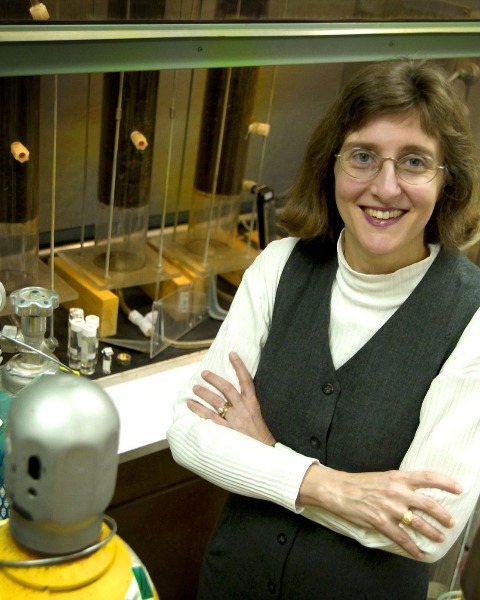Back
Platform
WAST
Session : Solid Waste Emissions: Regulations and Modeling
1164689 - ILGAM Model for Predicting Generation and Emission of Methane from Landfills in Semi-Arid Regions of Iran
Wednesday, June 29, 2022
3:50pm – 4:10pm PT
Location: Seacliff D

Sayyed Hossein Khazaei, PhD Student
The University of Texas at Arlington & University of Tehran
Arlington, TX- RR
- MM
- NK
- AM

Melanie L. Sattler, PhD, P.E.
Professor
Univ of Texas-Arlington
Arlington, TX
Primary Author(s)
Co-Author(s)
Due to the high cost of measuring methane generation in landfills, models are commonly used for greenhouse gas emission inventories and for designing systems for landfill gas collection and utilization for energy. However, common landfill gas models estimate methane with high error for Iranian landfills. In this study, the ILGAM (Iranian Landfill Gas Model), a first-order decay model, was developed for methane generation from landfills in semi-arid regions of Iran. The main parameters of the model include methane generation potential (Lo) and decomposition coefficient (k). Methane potential is modeled as a function of waste composition and landfill type, and the decomposition coefficient is estimated as a function of temperature and rainfall in the study area. To evaluate model performance, field measurements of methane emissions were collected from the Karaj City landfill in central Iran using a static chamber between September 2020 and January 2021. The measured average methane emission rate of Karaj landfill was 283.96 g / day/m2; the ILGAM model estimated this rate with an error of 5.8%. By comparison, the landfill gas models LandGEM-Inventory, IPCC and CLEEN each had an error of 74.4%, 40.2%, 27.1%, respectively, compared to the measured value. Although ILGAM simulated the emission rate for Karaj City landfill with good accuracy, future work will evaluate its performance with additional landfills.

.jpg)
